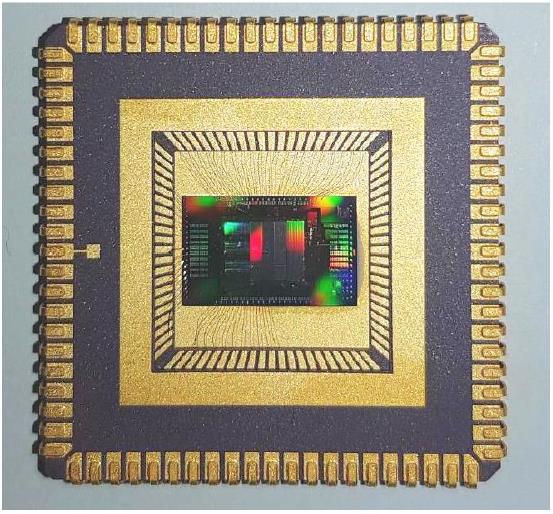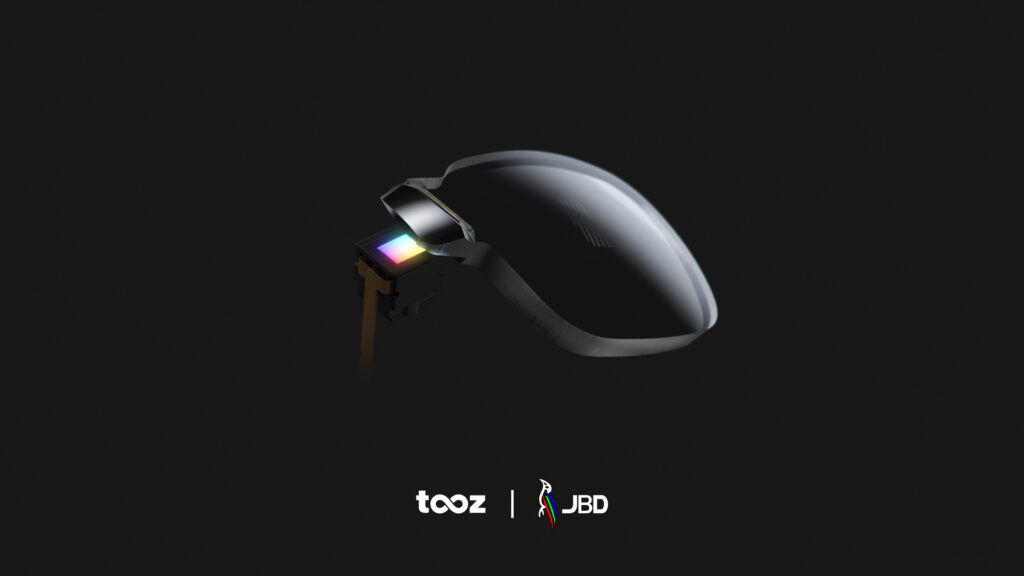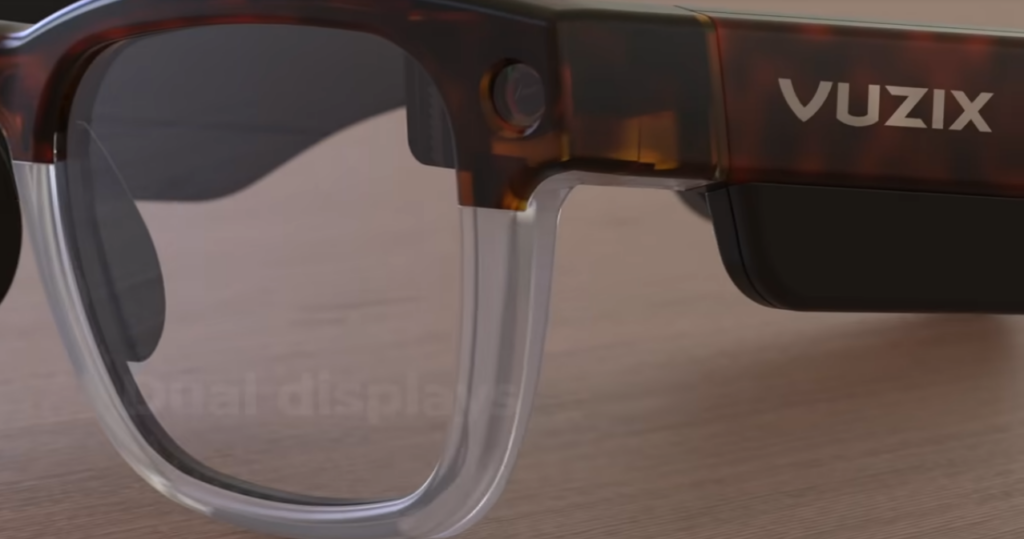Hear more from microLED displays!

Last week someone asked Corbeau, ‘So what’s happening in the world of microLED displays?’ After the US launch of Apple’s new Vision Pro 2 mixed reality headset back in February this year, it’s a good question to ask. The answer is that the Metaverse is a bit flat. Tim Cook’s company’s first major new product […]
New colour MicroLED display technology

MicroLED chip with 3 micron pitch pixels (Image courtesy of MICLEDI Microdisplays BV) Small is beautiful. Small and brightly coloured is very beautiful indeed! Belgium companies QustomDot BV and chip designers MICLEDI Microdisplays BV have teamed up to produce a major advance in mass producing display devices for augmented and virtual reality (AR and VR) […]
Smart glasses get smarter

What happens when you put two superior optical technologies together? In the case of smart glasses you get bigger, brighter and less blurry. Kingsman-style smart glasses have been available for more than a year now but they typically have flat glass lenses which are difficult to adjust for the 50% of the adult population who […]
Red microLED breakthrough for AR displays
Autumn is a time of year that the folk at Porotech in Cambridge, UK seem to love. Those deep red autumn colours mark a year of significant growth. This time last year Porotech announced they could fabricate wafer-scale red emitting nano-porous InGaN, suitable for microLEDs. This autumn Porotech are announcing a ‘world first’ red microLED […]
Micro-LED driven AR smart glasses

Augmented Reality (AR) glasses are now looking remarkably stylish. Forget bulky Virtual Reality (VR) headsets and piratical Google Glass. Optoelectronics company Vuzix (Rochester, NY) has announced a pair of stereo vision glasses offering a head-up display (HUD) of the smartphone in your pocket. Or car. Or back home, actually. CES 2021 (Jan 11-14), a consumer […]